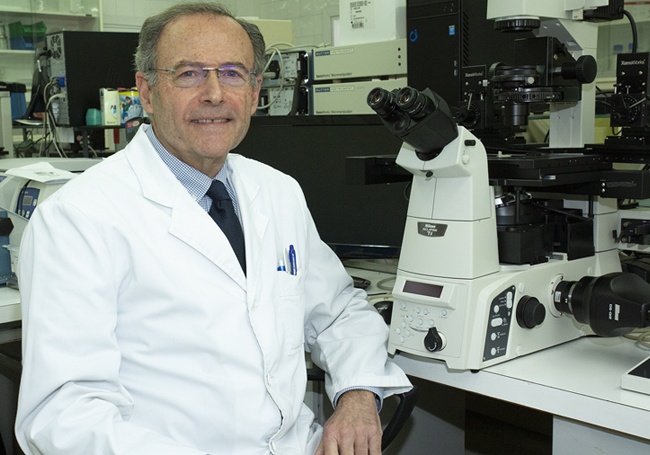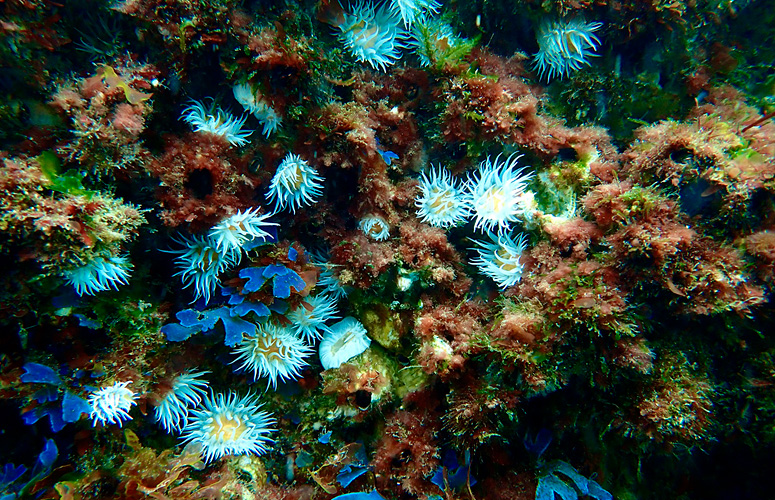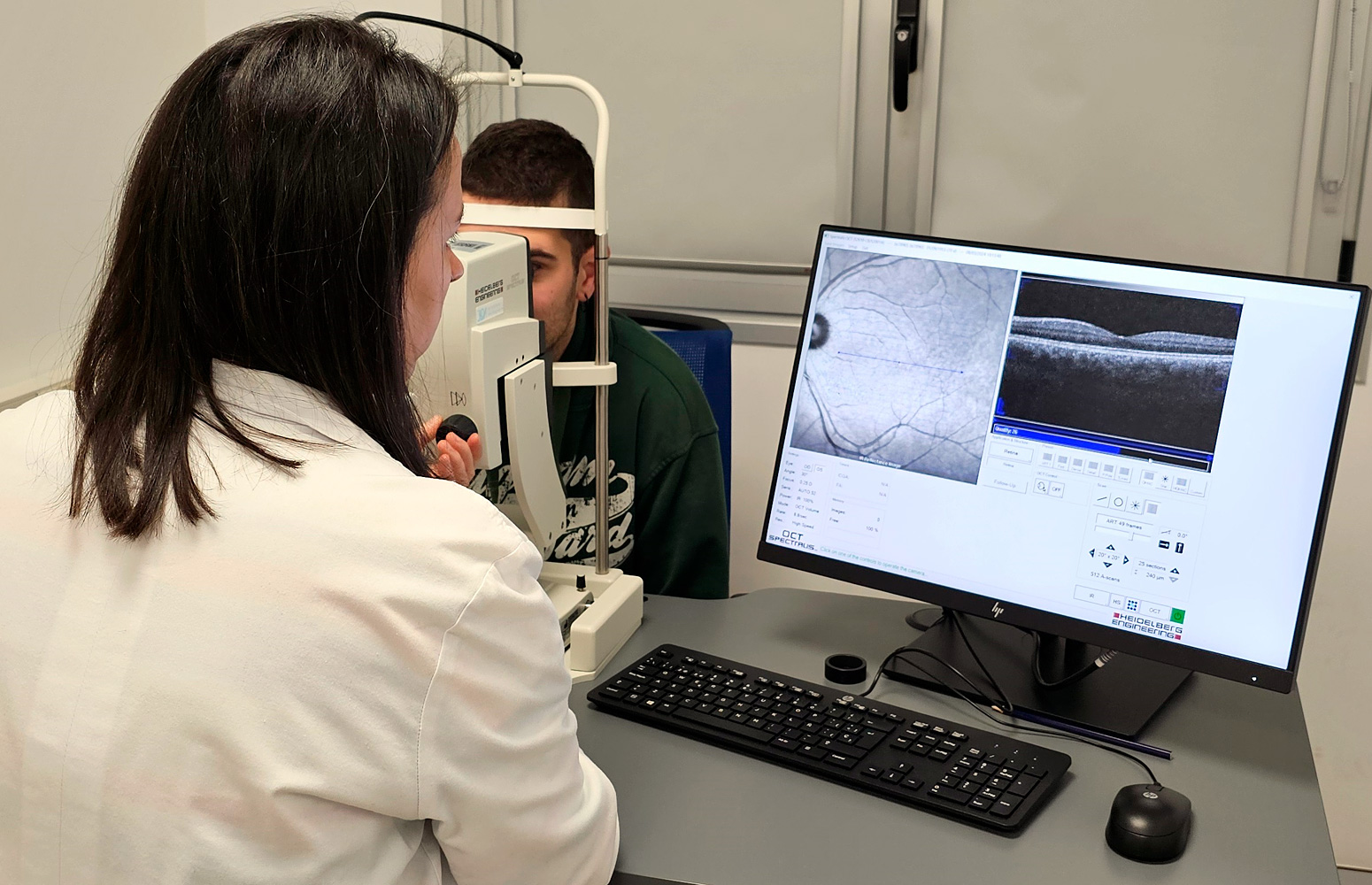A piece of collaboration work between the UPV/EHU’s Stem Cell, Development and Cancer Laboratory and the University of Pavia (Italy) has unravelled the mechanism by which cardiomyocytes derived from pluripotent, mouse embryonic stem cells alter their contractility in the presence of PCBs, which are highly persistent environmental pollutants. Specifically, they saw that it is the calcium dynamics that ends up altered. The results have been published in the well-known journal Scientific Reports.
Alterations caused by a pollutant in the development of embryonic myocardium is revealed
The UPV/EHU-University of the Basque Country is participating in research into PCBs that also cause congenital heart defects and cardiomyopathies in adults
- Research
First publication date: 18/03/2019

Polychlorinated biphenyls (PCBs) are a group of chemical compounds that were widely used in the electronics industry, and to produce paints, adhesives, plastics, etc. until their use was banned in 1979. However, owing to their great chemical stability, PCBs are still in the atmosphere and are also very widespread. “Exposure to these compounds causes, among other disorders, dynamic alterations in the cardiomyocytes, disorders that have been described not only in adult individuals of various test animal species, but also in newborns, given that these compounds are soluble in lipids and are transmitted via breast milk, and even in foetuses, owing to the fact that PCBs can pass through the placenta”, explained Juan Aréchaga, professor at the Stem Cell, Development and Cancer Laboratory of the Department of Cell Biology and Histology of the UPV/EHU’s Faculty of Medicine and Nursing, and one of the authors of the study.
In the research published by the above-mentioned Scientific Reports, of the Springer-Nature group, a research group comprising personnel from the above-mentioned UPV/EHU laboratory as well as from various departments of the University of Pavia (Italy) reveals the cell mechanism behind one of the disorders observed in foetuses, which is the appearance in defects in the contraction of the heart. For this purpose they worked with “embryonic mouse stem cells, inducing them to differentiate towards cardiomyocytes, which are the cells set to generate the myocardium. It was an in vitro study in which we subjected these pluripotent stem cells to PCB action, and then studied the specific effects that take place in the physiology of the myocardium”, said the professor of Cell Biology.
The cell differentiation induced generated a pulsating syncytium, a compact set of cells that functions as a unit, the behaviour of which is similar to developing cardiac tissue. Following the differentiation, the cells were exposed to a blend of various polychlorinated biphenyls for 24 hours, in doses similar to those found in the environment.
Alterations in the dynamics of intracellular calcium
When measuring the dynamic properties and contractile properties of these syncytia before and after exposure to the toxic substances, they saw, firstly, that the frequency and strength of the heartbeat as well as the kinetic energy diminished owing to the effect of the PCBs, given that the greater the concentration of the toxins was, the greater was the reduction in these properties. They also saw that the alteration in the contractile properties of these syncytia was a consequence of a series of imbalances in the dynamics of the intracellular calcium ion. “We have managed to show experimentally that exposure to PCBs interferes with the spontaneous intracellular oscillations of the calcium ion, which are essential in the correct contractile function of the cardiomyocytes,” said Aréchaga.
As the researcher highlighted, “these results contribute towards understanding the action mechanisms of these environmental toxins, which are of interest not only from a basic physiological point of view, but also from the applied point of view to establish the repercussions environmental pollution may have on health”.
Additional information
The following people have participated in this study: from the UPV/EHU Juan Aréchaga, professor of the Stem Cell, Development and Cancer Laboratory in the Department of Cell Biology and Histology at the UPV/EHU’s Faculty of Medicine and Nursing, and the PhD Student in this department Amaia Izquierdo, who will shortly be reading her thesis on the subject. Participating from the University of Pavia were members of the Development Biology Laboratory and of the General Physiology Laboratory, both attached to the Department of Biology and Biotechnology, the Centre for Health Technologies and the Department of Industrial Engineering and Training.
Bibliographic reference
- Polychlorinated biphenyls reduce the kinematics contractile properties of embryonic stem cells-derived cardiomyocytes by disrupting their intracellular Ca2+ dynamics
- Scientific Reports volume 8, Article number: 17909 (2018)
- DOI: 10.1038/s41598-018-36333-z




